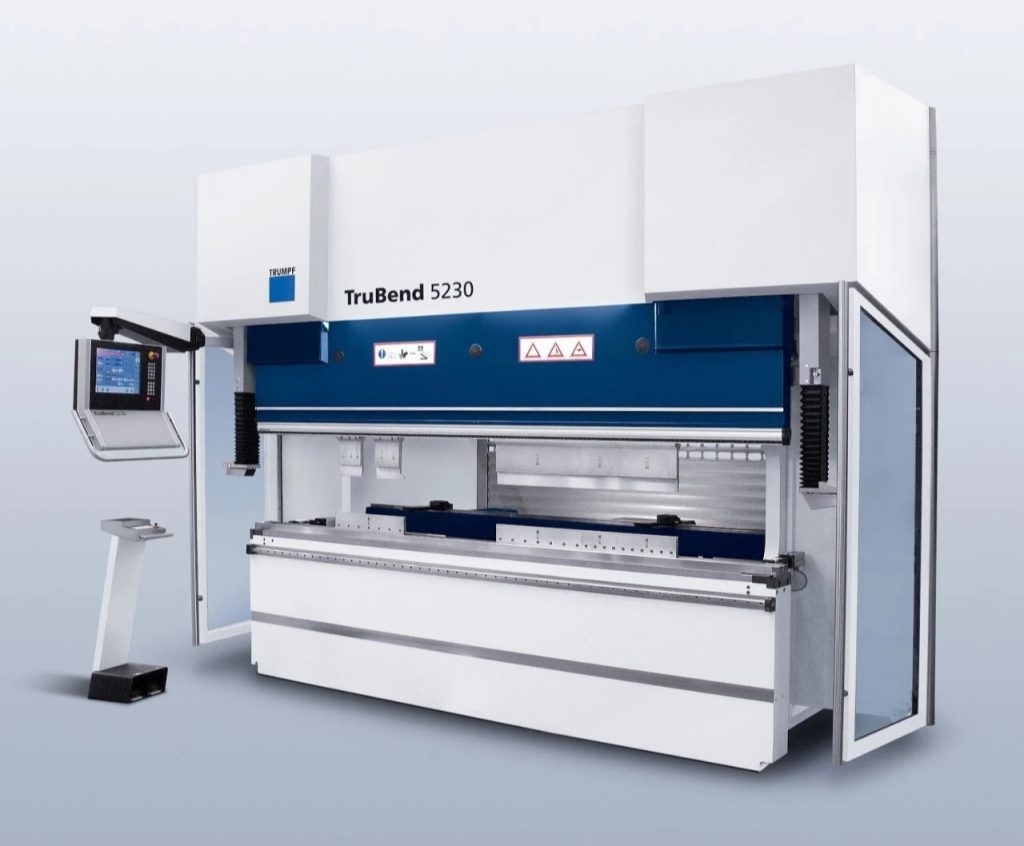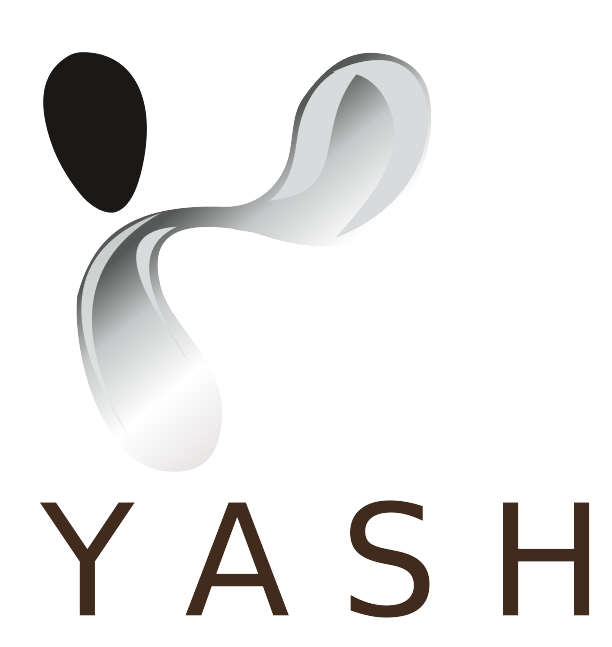The Complete Guide to CNC Press Brake Machines: What You Need to Know
Introduction
In the world of sheet metal fabrication, precision and efficiency are paramount, and CNC press brake machines stand at the forefront of achieving these goals. If you’re involved in manufacturing or metalworking, understanding how a CNC press brake works can transform your production process. In this comprehensive guide, we will delve into everything you need to know about CNC press brake machines, exploring their functionality, benefits, and critical factors to consider when choosing one for your operations.
A CNC press brake, or Computer Numerical Control press brake, is a sophisticated piece of equipment designed to bend and shape sheet metal with unparalleled accuracy. Unlike traditional press brakes, CNC models are equipped with advanced computer systems that allow for intricate programming and automation.
Throughout this guide, we’ll delve into the essential aspects of CNC Press Brakes, from their operational mechanisms and critical features to the significant advantages they offer. These benefits include enhanced productivity and precision, making them a valuable asset in the world of metal fabrication.

What is a CNC Press Brake?
A CNC press brake is a computer-controlled machine designed to bend and shape metal sheets into desired forms. CNC stands for Computer Numerical Control, which means that the machine operates through automated, pre-programmed commands. Unlike traditional press brakes, CNC press brakes are incredibly precise and can be programmed to perform complex bends with minimal manual intervention.
These machines are precious in sheet metal fabrication, where accuracy and consistency are critical. The CNC press brake uses various types of dies to create bends in metal, making it possible to manufacture anything from simple parts to complex assemblies.
How Does a CNC Press Brake Work?
Understanding how a CNC press brake functions is essential for anyone working in Metal Fabrication. The basic principle involves placing a piece of sheet metal between a punch and a die. When the punch is forced down, the metal is bent according to the angle or shape of the die.
Here’s a step-by-step breakdown of how a typical CNC press brake operates:
- Design and Programming: The process begins with a CAD (Computer-Aided Design) model. The model is then converted into a machine-readable format that the CNC press brake can understand. This step is crucial for ensuring that the machine knows exactly what type of bends to perform.
- Sheet Metal Placement: Once the program is set, the sheet metal is placed on the machine’s bed between the punch and the die. The CNC press brake then positions the metal accurately for each bend.
- Bending: As the press brake moves, the punch forces the metal into the die, creating the bend. The CNC system controls the depth, angle, and number of bends with incredible precision, minimizing errors.
- Finishing: After the bending process, the metal part is either finished or may undergo further operations, such as welding, painting, or assembly.
Types of CNC Press Brakes
There are various types of CNC press brakes, each offering different capabilities based on the requirements of the project. Understanding the differences between these machines can help you choose the right equipment for your operations.
1. Hydraulic CNC Press Brakes:
Hydraulic CNC press brakes are popular because they provide consistent pressure and are suitable for bending thick sheets of metal. They use hydraulic cylinders to control the movement of the punch and die, allowing for high levels of force. These machines are also more durable and require less maintenance compared to mechanical systems.
2. Electric CNC Press Brakes
Electric CNC press brakes are known for their energy efficiency and speed. They use electric motors instead of hydraulic systems to control the bending process. While these machines are generally quieter and faster, they are better suited for thinner sheets of metal and lighter-duty applications.
3. Hybrid CNC Press Brakes
As the name suggests, hybrid CNC press brakes combine hydraulic and electric technologies. These machines offer the best of both worlds: the power of a hydraulic press brake and the efficiency of an electric one. They are ideal for shops that handle a wide variety of projects, from light to heavy-duty metal fabrication.
Key Features of CNC Press Brakes
Several key features should be considered when choosing a CNC press brake to ensure it meets the needs of your operation.
1. Precision and Accuracy
One of the primary benefits of CNC press brakes is their precision. Advanced systems can execute complex bends with a high degree of accuracy, making them ideal for tasks that require meticulous detail.
2. Automation and Efficiency
CNC press brakes are automated, reducing the amount of manual labour required. This leads to faster production times, lower operational costs, and increased efficiency in Sheet Metal fabrication processes.
3. Multi-Axis Capabilities
Many CNC press brakes feature multiple axes that can be controlled independently. This allows for more complex and intricate bends, which are often required in modern manufacturing.
4. Tooling Flexibility
CNC press brakes can be equipped with a wide range of tools and dies, making them highly versatile. Whether you need to create simple bends or complex, multi-faceted parts, CNC press brakes can be configured to meet your needs.
Benefits of Using CNC Press Brakes
The advantages of using CNC press brakes are numerous, and they extend beyond just accuracy and efficiency.
1. Reduced Waste
Thanks to their precision, CNC press brakes significantly reduce material waste. This is especially beneficial in sheet metal fabrication, where errors can lead to costly mistakes.
2. Faster Turnaround
With CNC automation, jobs that used to take hours can now be completed in minutes. This not only speeds up production but also allows companies to take on more projects, increasing profitability.
3. Enhanced Safety
CNC press brakes have safety features such as light curtains and automatic shutoffs, minimizing the risk of accidents. Additionally, the machine’s automated nature reduces the need for manual intervention, keeping operators safer.
4. Versatility
Whether you’re working with steel, aluminium, or other metals, CNC press brakes are versatile enough to handle a variety of materials and thicknesses. This makes them an indispensable tool in any metal fabrication shop.
Applications of CNC Press Brakes in Sheet Metal Fabrication
CNC press brakes are a staple in sheet metal fabrication and are used across numerous industries to create high-quality, durable parts. Here are some typical applications:
1. Automotive Industry
CNC press brakes are used to manufacture car panels, chassis components, and various other parts that require precision and strength.
2. Aerospace Industry
In aerospace, where tolerances are tight, CNC press brakes are essential for creating parts that meet stringent standards.
3. Construction Industry
Metal beam supports, and architectural components often require bending, making CNC press brakes a critical tool in construction-related sheet metal fabrication.
4. Consumer Goods
CNC press brakes are also used in the production of consumer goods like appliances, electronics, and furniture, where metal parts are required for structural integrity.
Choosing the Right CNC Press Brake for Your Business
When investing in a CNC press brake, there are several factors to consider:
1. Material Type and Thickness
The material you’ll be working with will heavily influence the type of press brake you need. Thicker, heavier materials often require hydraulic machines, while electric systems can handle lighter materials.
2. Required Precision
If your business requires highly detailed, complex bends, you’ll need a CNC press brake with multi-axis capabilities and advanced control systems.
3. Production Volume
For businesses with high production volumes, investing in a machine that offers speed and efficiency is essential.
4. Budget
While CNC press brakes can be a significant investment, the long-term benefits in terms of efficiency and reduced waste often outweigh the initial cost. Yash Lasertek offers a range of CNC press brakes to fit various budgets and production needs.
Conclusion: Why Choose Yash Lasertek?
CNC press brakes are indispensable in modern sheet metal fabrication. They provide the precision and efficiency necessary to meet the demands of today’s manufacturing industries. Whether you’re working in automotive, aerospace, or construction, these machines ensure that every piece of metal is bent with perfection.
At Yash Lasertek, we understand the unique challenges that come with metal fabrication. Our range of CNC press brake machines is designed to meet the highest standards of performance, precision, and durability. Whether you’re looking to upgrade your current equipment or invest in new technology, we have the solutions you need.
Contact us today
Contact us today to learn more about how Yash Lasertek can provide the best CNC press brake machines for your business. Our experts are here to help you find the perfect solution for your metal fabrication needs.
